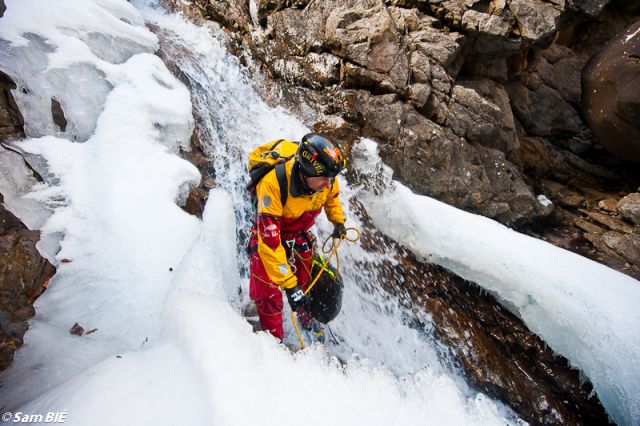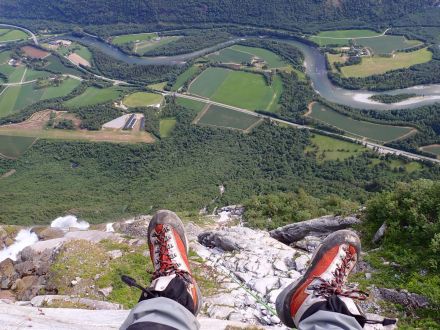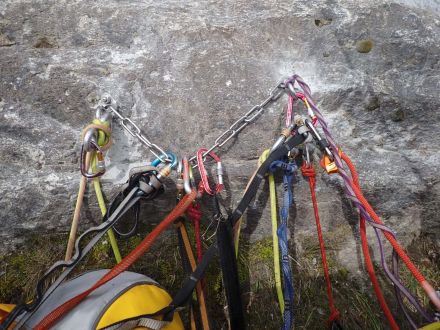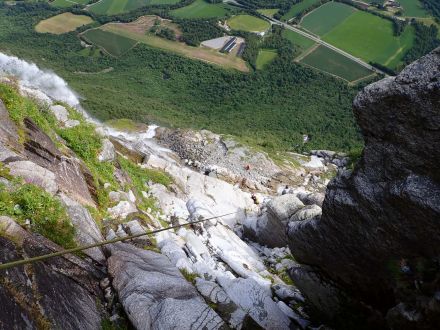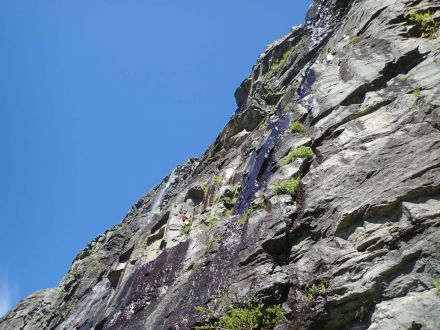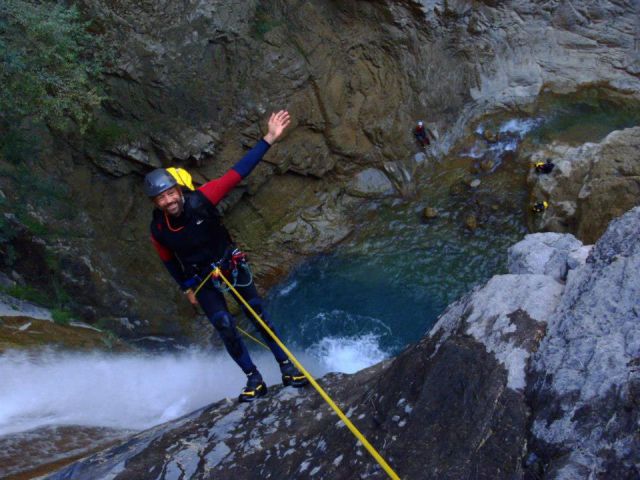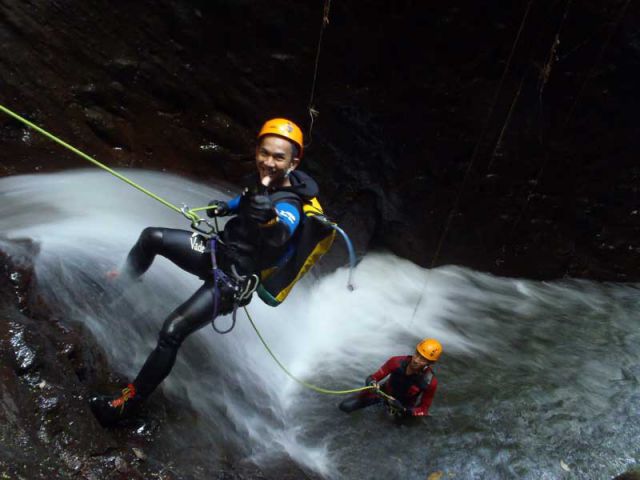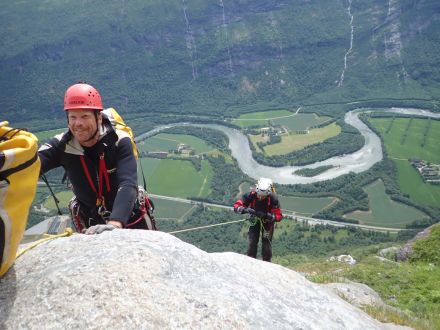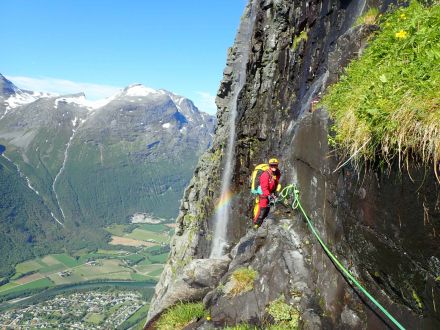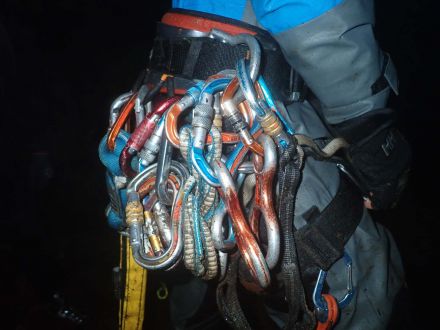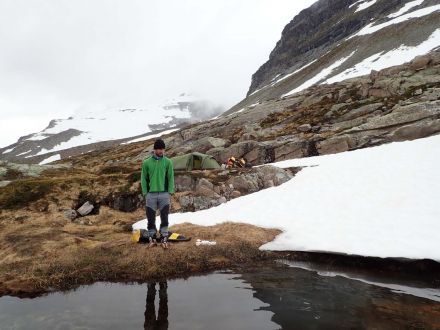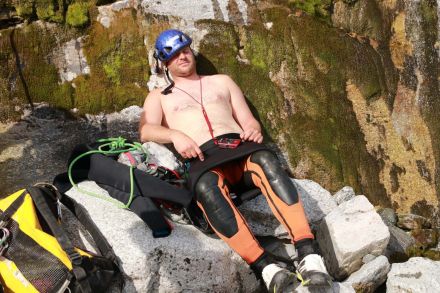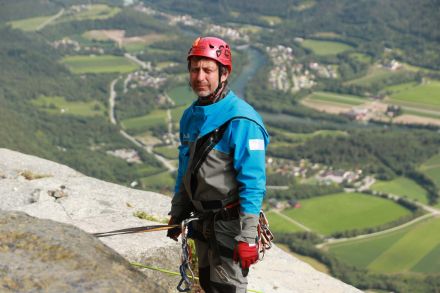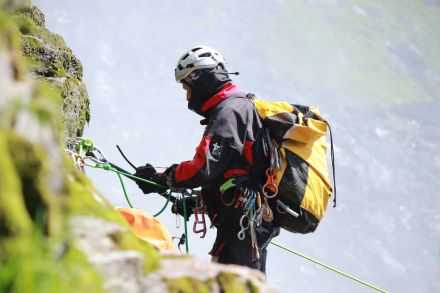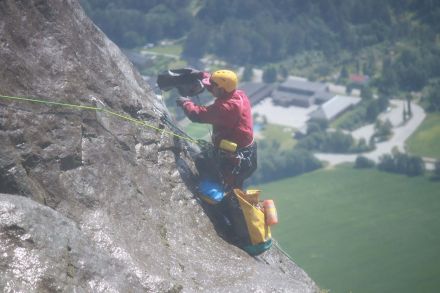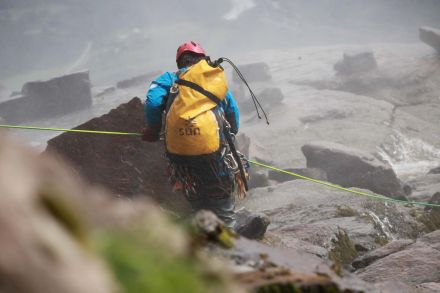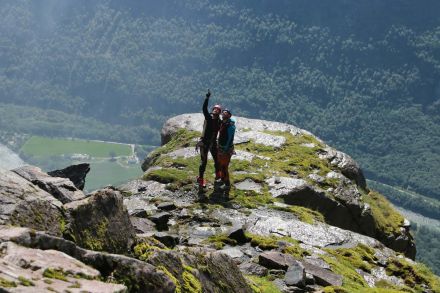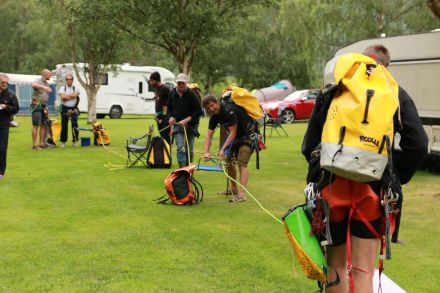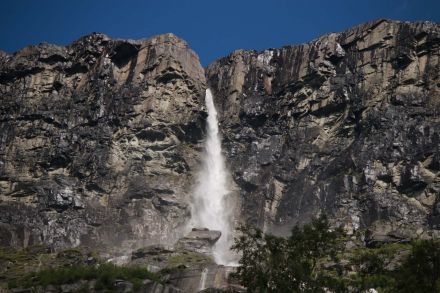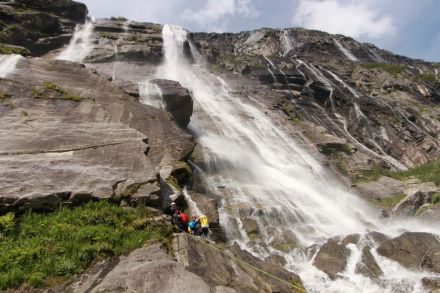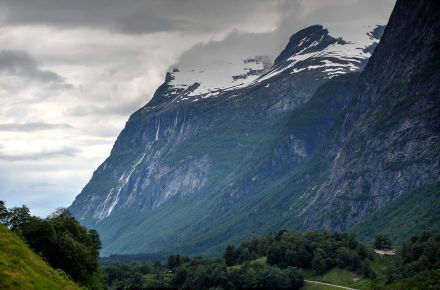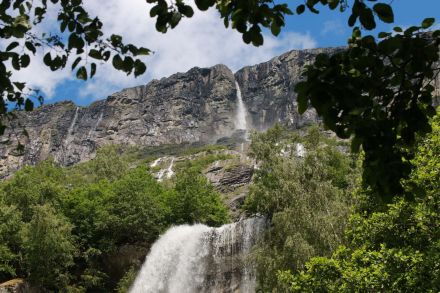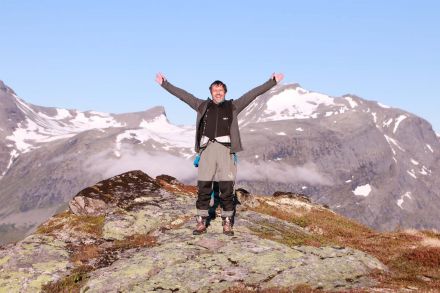Vinnufossen 2019
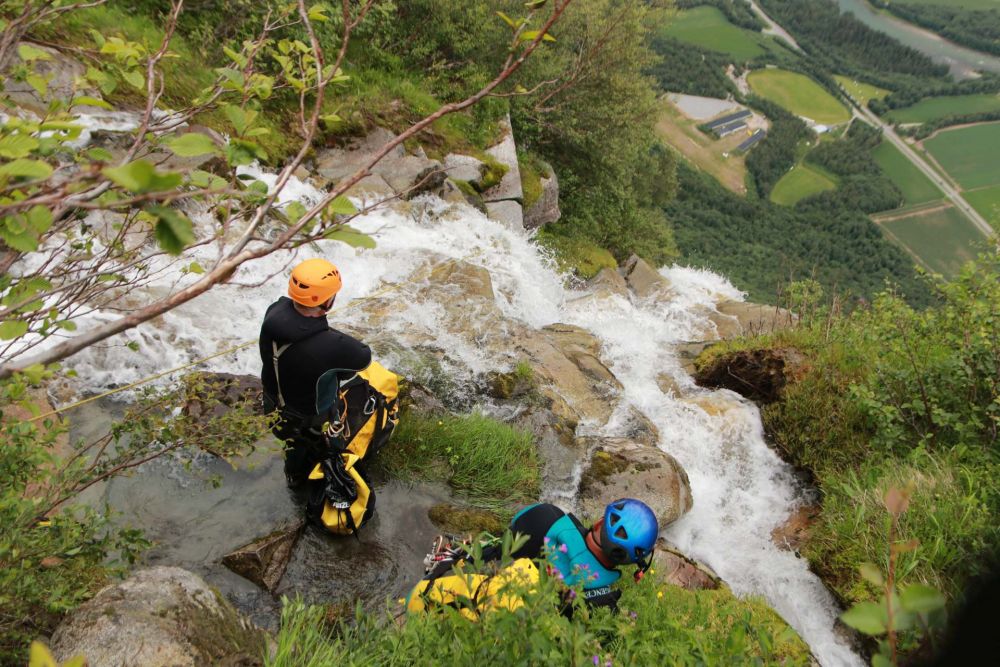
With its wonderful height of 865 metres, it is the highest European waterfall and is sixth in the world, whereas the highest waterfalls in the world are only 120 metres higher. And while the highest two of them, Salto Angel in Venezuela and Tugela in South Africa have already been overcome recently, for that matter several times, Vinnufossen waited far much longer for its “discovery”, although it is visible to all; the parking area in the valley provides a perfect view of the waterfall.
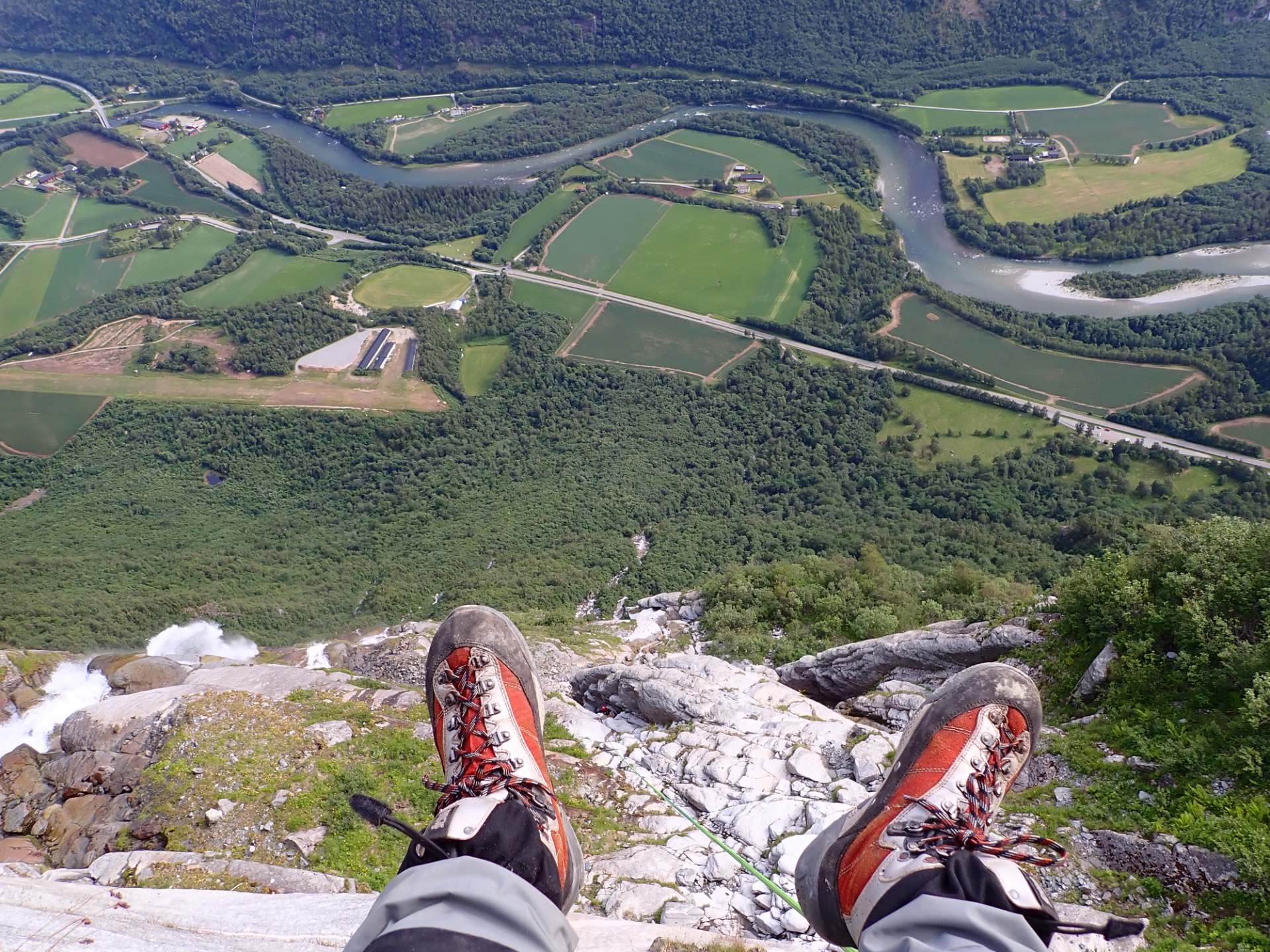
Dedicated German canyonist and mechanical engineer Jörg Schmidt of Munich resolved a few years ago to overcome the waterfall - whatever happens and regardless of whether he would be the first or not. In 2018, he put together a purely German team, of which only a torso of three 3 canyonists remained. They did some preparations on site - mapping, outfitting of the lowest part of the waterfall with stands, transfer of material to the plateau above the waterfall. However, the weather was against them, the July temperatures leaped to the unprecedented level of 35°C and the glacier started releasing large volumes of water. In such a dangerous situation, the team decided not to enter the waterfall and returned home “without a scalp”. But a dream never dies!
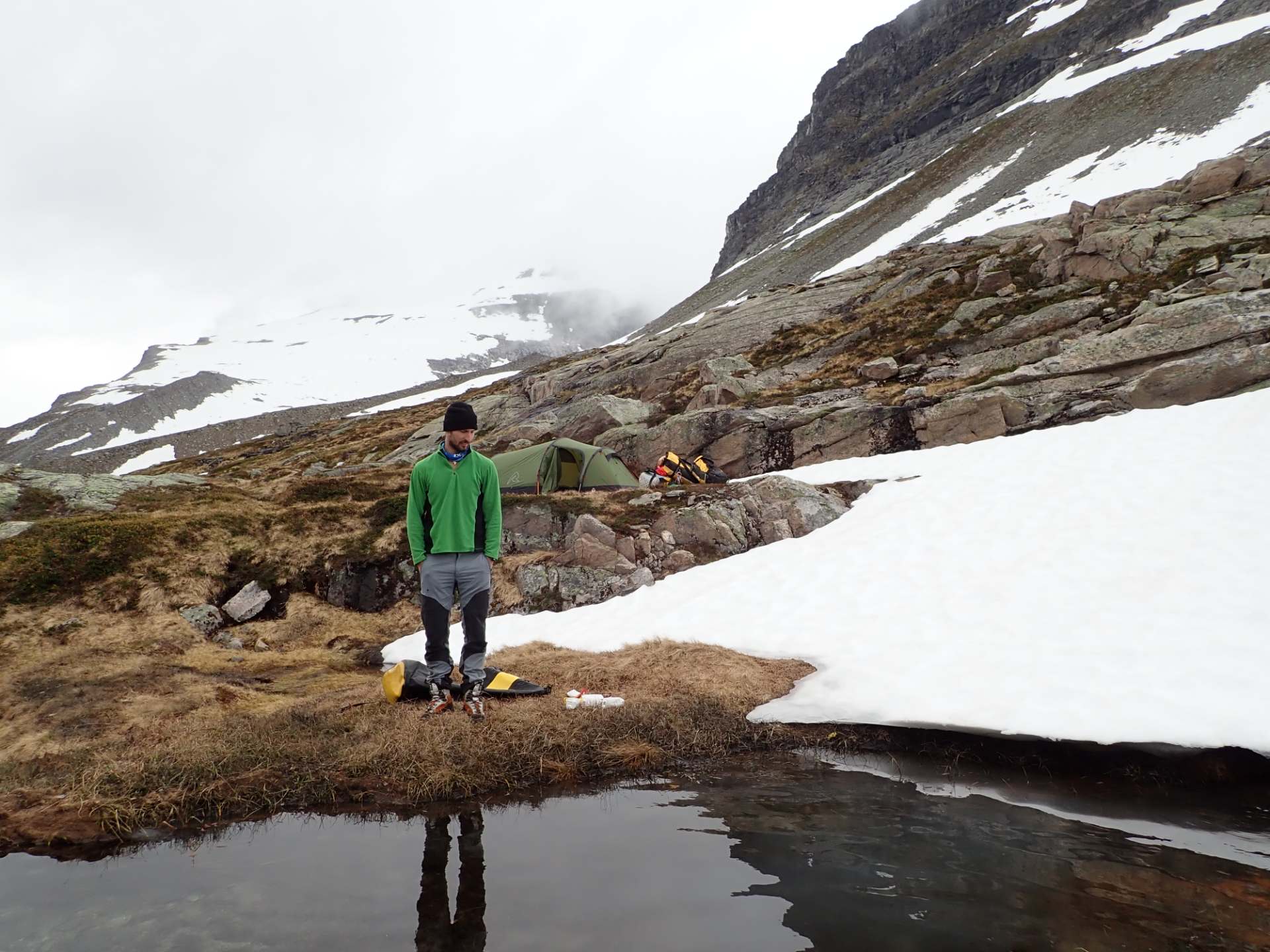
For June 2019, Jörg contacted other potential participants and the final team numbered 7 people already: two Germans, three Frenchmen and two Czechs (Jan Bouček senior and Jan Bouček junior - father and son). We were also accompanied by a support team comprising our 3 friends. To overcome the waterfall, we occupied the nearby camp in the valley and scheduled 14 days for our attempt.
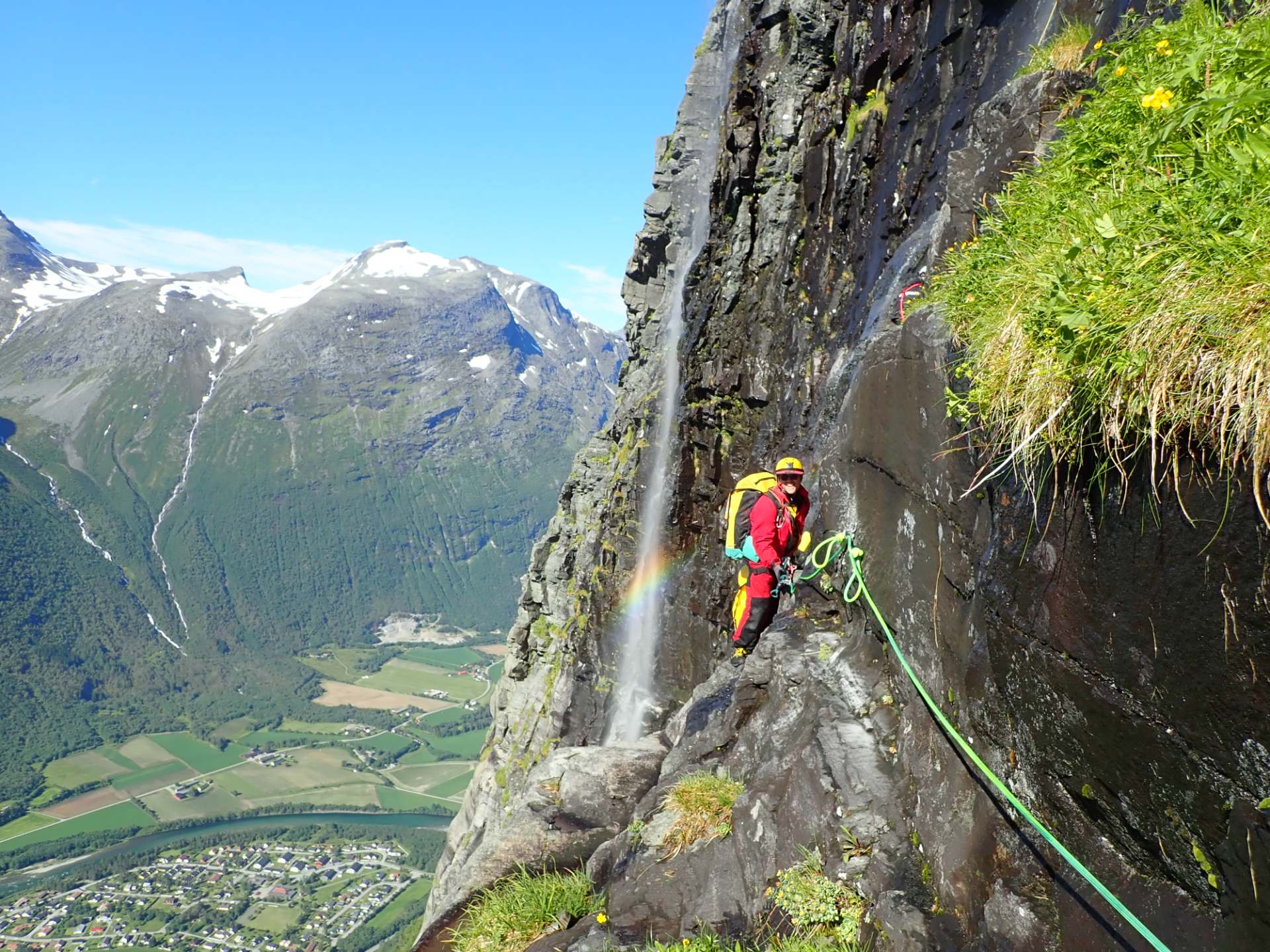
Immediately on the second day, we repeated the passage through the lowest part of the waterfall, where we could climb up from the bottom for the team to match and “coordinate”. After all various canyoning “schools” exist: French, German, Spanish… and they differ in some procedures. And cooperation between the hardline French and other schools is after all, to put it mildly, problematic. I would actually say that the non-existence of the Czech school is an advantage for us - we have in the past learned specific techniques from the French, Spanish, Slovenians, Swiss and Madeirans. And we can pick something from each of them. Another problem is that the extremely high waterfalls require a completely different approach technique than a normal European canyon, where the individual waterfalls measure 10 to 50 metres, exceptionally 100 metres. The French school perfectly covers these “typical” canyons, but Vinnufossen does not really fit into this. But this is something for long professional discussion.
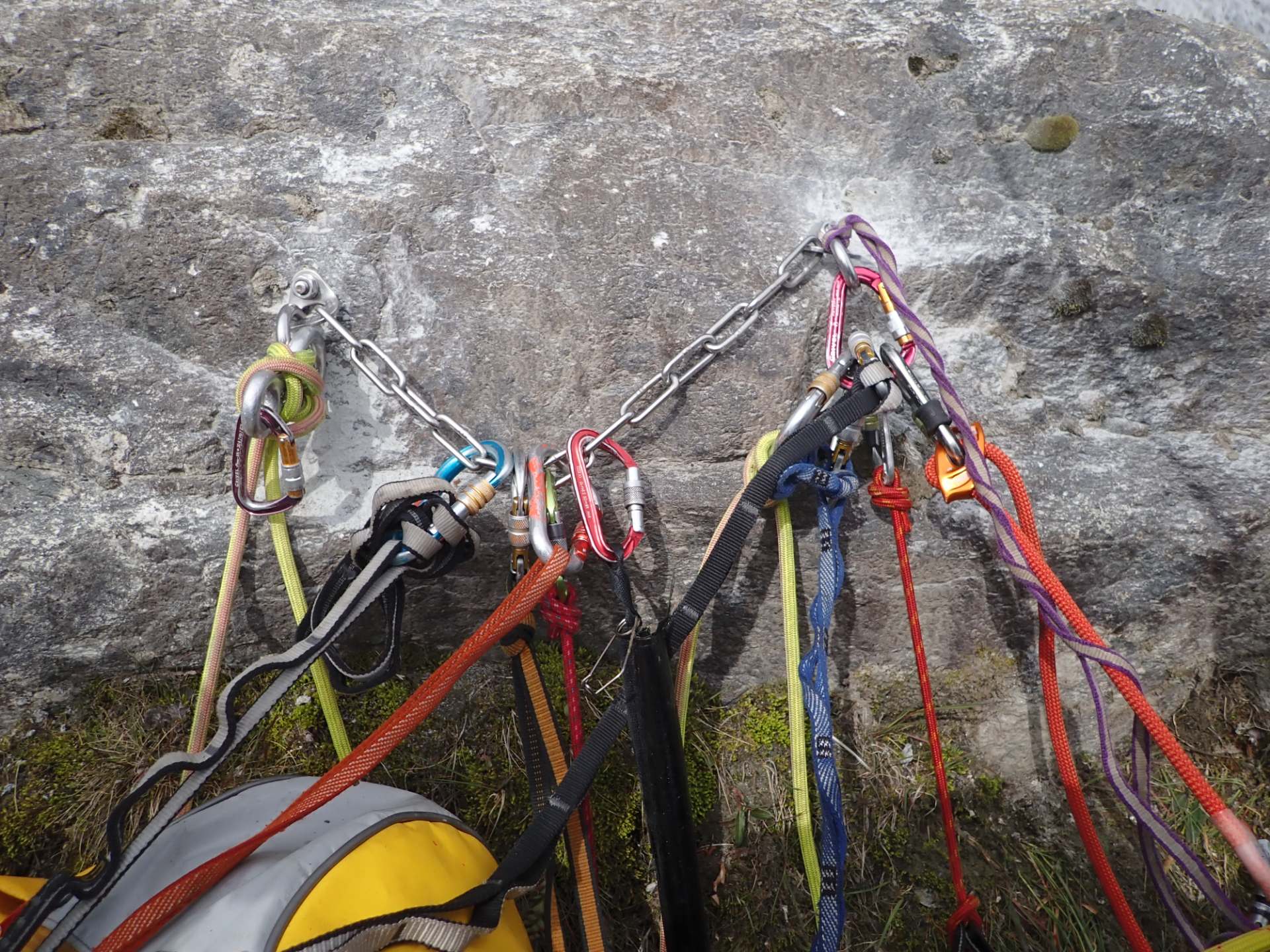
For 7 people, we had 7 lines, each of length 120 metres. We had 3 battery-powered drills with us in watertight covers plus two spare batteries and six 10 mm drill bits for each drill. (In the end, we used only one drill, two batteries and one drill bit! Nevertheless, the idea that something could fail and we would not have a substitute is almost equal to a death sentence.) For anchoring, we pulled about 50 chain stands made of special steel. Well and then obviously neoprene or dry suits, safety harnesses, helmets, carabiners, radios, food, cameras, first-aid kits…
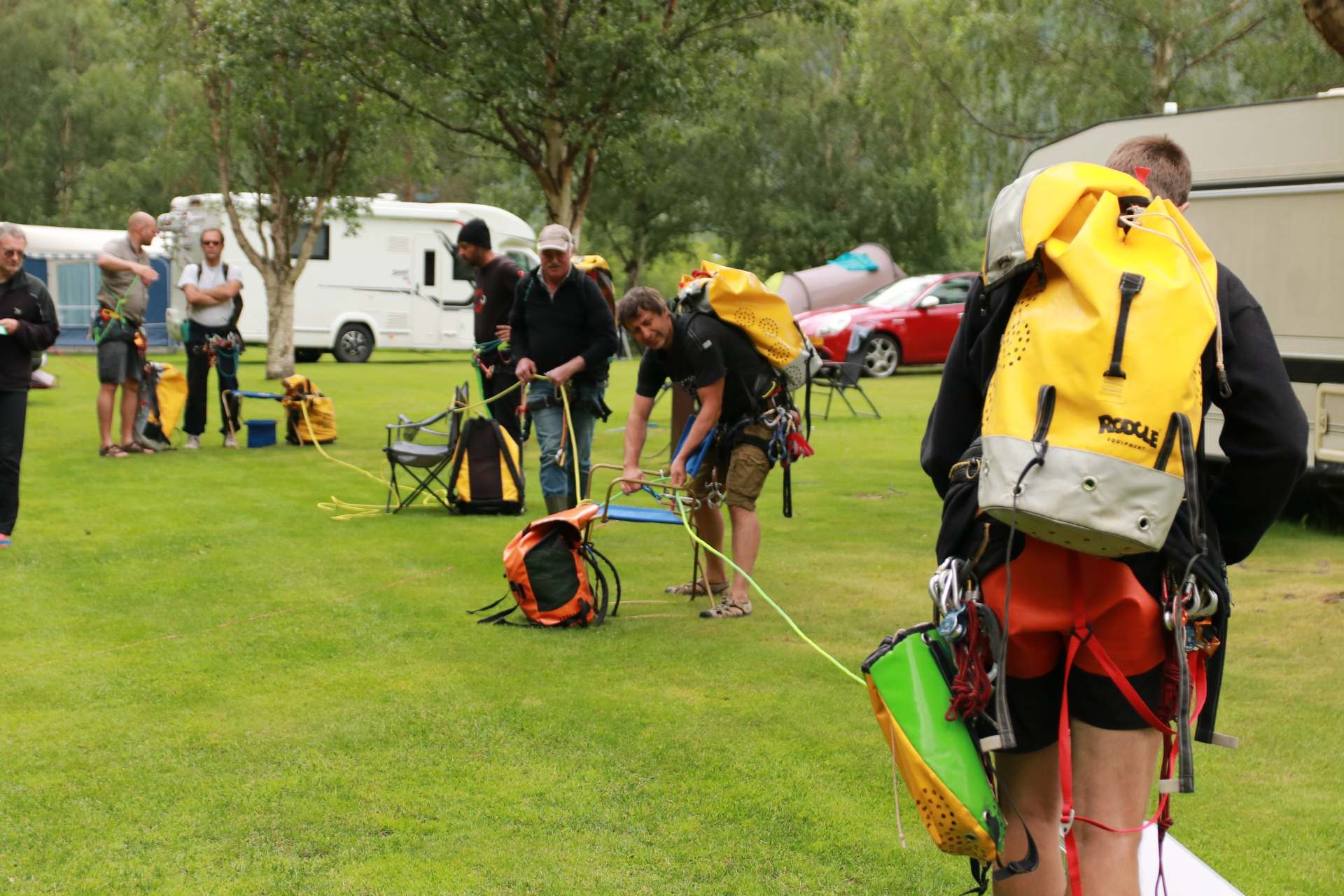
But I am running ahead of events… We devoted two days in camp to the training of various situations and signalling. What will happen when the drill bit breaks in the drill? Will it damage the line? Will someone get injured? The unification of the rope techniques used was problematic because each member is convinced that his method is the best.
Vinnufossen is really nicely visible from the road and the opposite slope and we took many detailed photographs. Moreover, many tourists filmed the waterfall using drones and shared the shots on the social networks. Study material is simply available. After long considerations, we decided that we would by-pass the initial, highest vertical section of the waterfall, where the strong water flow make a hole and falls about 250 metres straight downwards, by a few tens of metres to the side and return to the main flow at a lower point. This is nothing unusual, it is almost impossible to pass directly through the water of the highest waterfalls in the world. For example, Vinnufossen allegedly has an output of 40 MW and the idea that a small person would be tossed in such a large quantity of energy is unrealistic. The extra high waterfalls are normally overcome with respect simply by rope down at an adequate distance from the water flow.
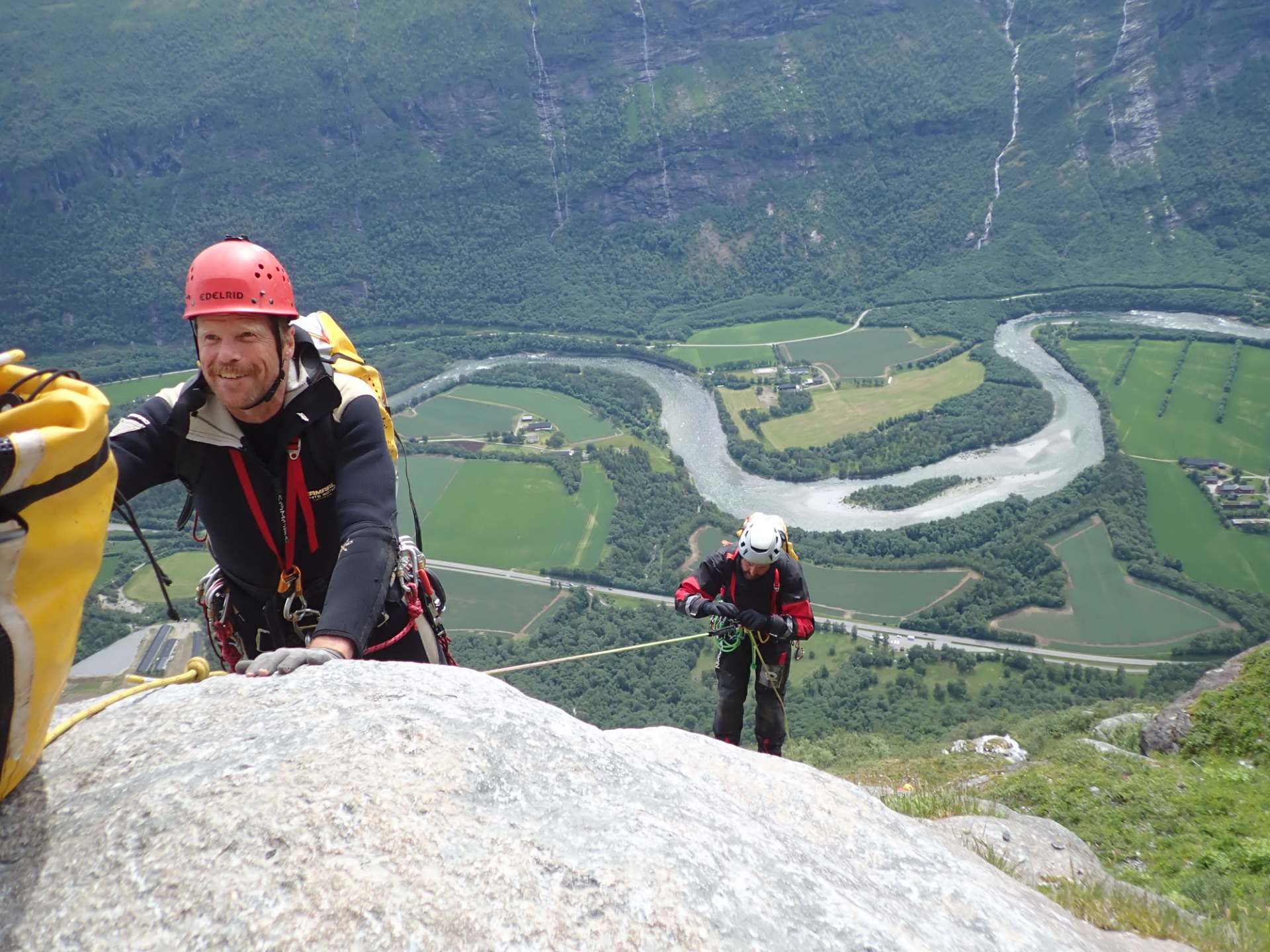
Perhaps on the fifth day of our stay, we put what we could carry on our backs, and went up the steep pedestrian track from the nearby village to the plateau above the waterfall. There was a large volume of snow at a height of about 1,200 metres above sea level, but it was not too hot so the thawing was not abundant. Over a ledge above the valley, we got close to the upper edge of Vinnufossen, struck base camp, examined the entry to the waterfall and returned to the valley. On the next two days, we remained in camp and watched the weather. Although the weather forecasts differed, we optimistically relied on one of them. We again picked what we could carry, and made our way to the plateau again. We erected our tents and spent the whole afternoon and night in the tents because of the rain.
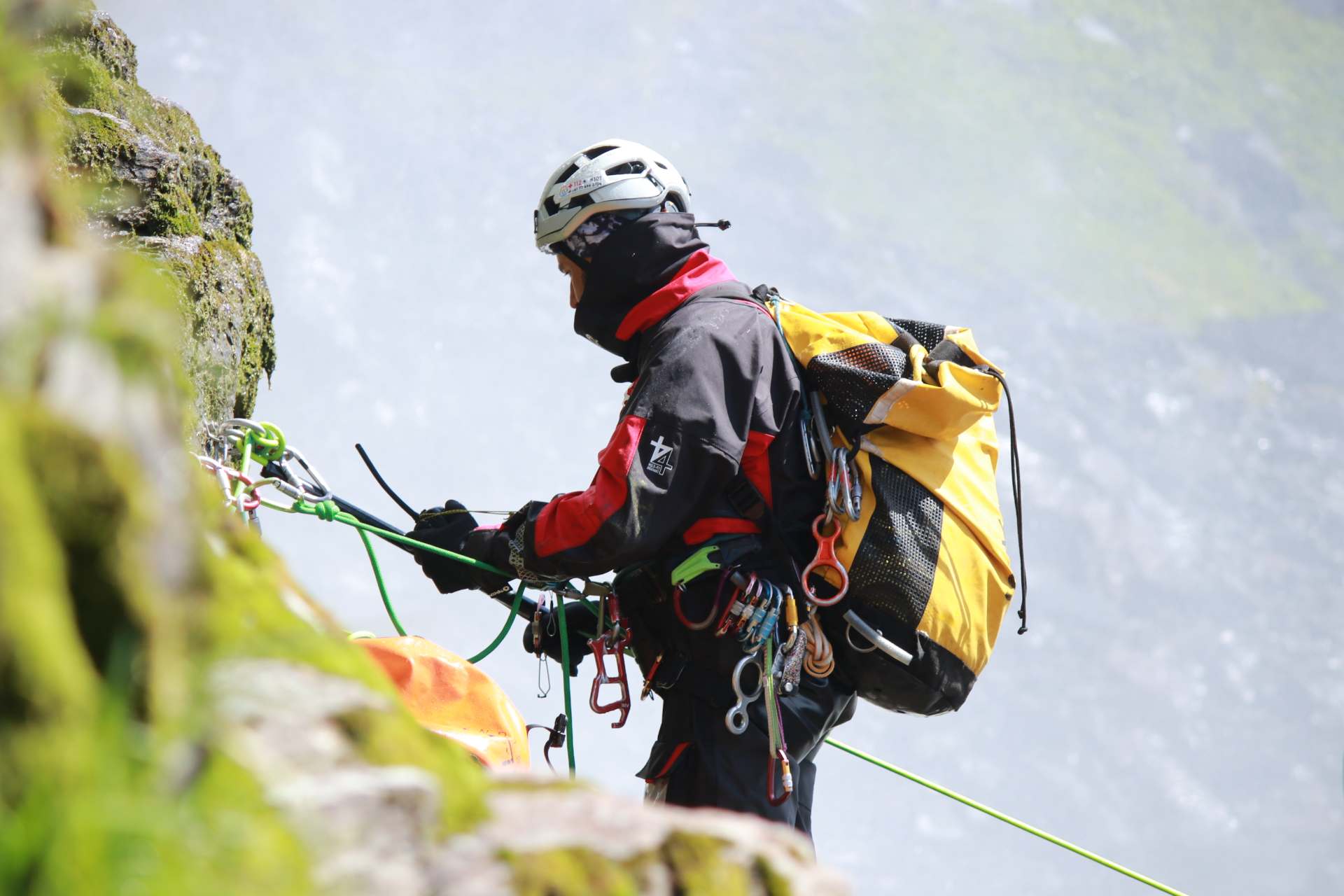
On the next day, the name day of Jan L.P. 2019, we were welcomed by strong sunshine and the only beautiful day of all the two weeks. Breakfast was at 6 a.m., the journey to the waterfall entry point with all the materials took more than an hour. At 9 a.m. we drilled the first stand and started roping down to the vertical wall with unbelievable views of the whole valley, river and villages below us. One of our friends followed us from the opposite slope through binoculars and advised on the correct route through a walkie-talkie. I always tied the rope, Jörg roped down and drilled a further stand at a suitable point - his professional and practical experience as a mechanical engineer was discernible. As soon as he was comfortably shackled to the new stand and released the rope on which he hang till then, I roped down to him and hang another rope. The other team members roped down behind us, and Jan junior came last; his unusually strenuous task was to pull the ropes behind him, pack and take them down. And also documented the length of the rappel. And it went on round and round again for a full 17 hours. Such endless painstaking work. “History was written” at two o'clock in the morning (the sun was just rising in Norway) - we were the first people who overcame the waterfall from top to bottom! Complete fatigue coupled with the fantastic feeling that we had succeeded in something.
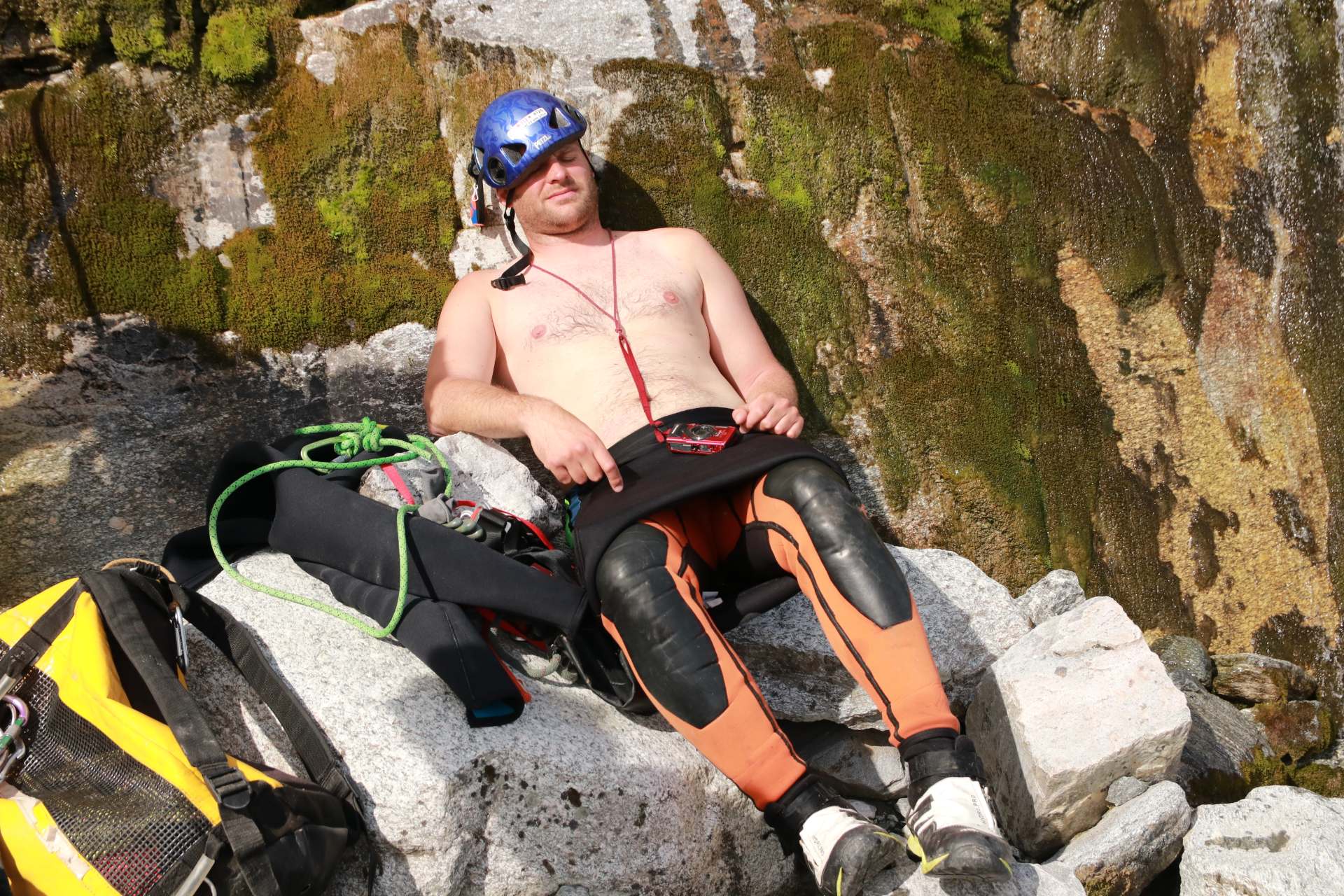
After a day of relaxation, we had to go back to the top once more, pack our tents and return via the pedestrian track to the bottom - and directly into our cars, the ferry was already waiting for us.
And what next? First grade the photos, edit the video, prepare some lectures, a radio programme, document the route and publish information for other potential persons interested in the passage. These can already use our knowledge and the stands we built. And what is the next destination? Follow us.
Text: Jan Bouček
Photo a video: Jan Bouček Jr.






